Hammer toes describe the slight toe deformity where the toe begins to point down in the middle of the toe. Unlike claw toes, the toe remains straight through the ball of the foot and then begins to bend downwards, resembling the shape of a hammer. Claw toes are differentiated by the toe first bending upwards from the ball of the foot, before curling around to point downwards.

Each of the four small toes has two joints between the ball of the foot and the tip of the toe. The first is called your distal interphalangeal joint which is closest to the end of the toe, and the second is your proximal interphalangeal joint, which is closer to the ball of the foot. The names of these joints come from their position between the three toe bones, called the phalanges. Hence, interphalangeal. Hammer toes describe the bending (flexion) of the proximal interphalangeal joint.
Hammer toes are most likely to affect the second or third toes, though can affect any of the toes. Common causes or contributing factors can include:

The biggest symptom is the hammer-like position of the toe. Many hammer toes can remain asymptomatic, particularly in men who don’t wear tight shoes or place any abnormal pressure on their toes. However, hammer toes can also become uncomfortable and, for some, painful. Pain usually results from corns, blisters, or calluses that form at the end of the hammer toe where it comes in contact with the ground. This can make it painful to walk and will require the blisters, calluses or corns to be managed to alleviate pain. The toes may also become red and swollen from rubbing against the shoes. In the early stages, hammer toes may still be flexible and able to be straightened out with the fingers. However, over time, the toe will become fixed in this position. Depending on your symptoms, pain levels, and your goals for your toes, your Podiatrist will discuss the best options for you with regard to managing your hammer toes.
The best treatment is prevention. Because footwear is the leading cause of hammer toes, avoiding pointed footwear and always ensuring that there is sufficient room at the toes is a great place to start. Minimising the wearing of high heels will also help, as will ensuring the size of shoes is always measured in accordance with your longest toe, which can be your second toe instead of the big toe – a common mistake. Your Podiatrist will help identify the exact cause and may provide advice on removing corns or reducing the callus, if present. Custom orthotics can help control the imbalance between the muscles and the tendons. To realign the toes, where appropriate, splints may be used. Surgery is only suggested for hammer toes when conservative options are exhausted.
.png)
Since introducing shockwave therapy, we’ve helped many of our patients avoid surgery for certain conditions. Here's what you
need to know about shockwave treatment and how it works.
.png)
This Mother’s Day, consider a practical, medically safe, and confidence-boosting gift: a professional KeryFlex nail restoration treatment. It’s a simple, effective, and medically safe way to instantly transform the appearance of toenails.

In some cases like arthritis, continuing to stay active is one of the best things you can do for your joints. Is the same true if you're in pain or have an injury?

A stroke is New Zealand's second single biggest cause of death and a leading cause of serious adult disability. Here's how podiatry can help in your rehabilitation.
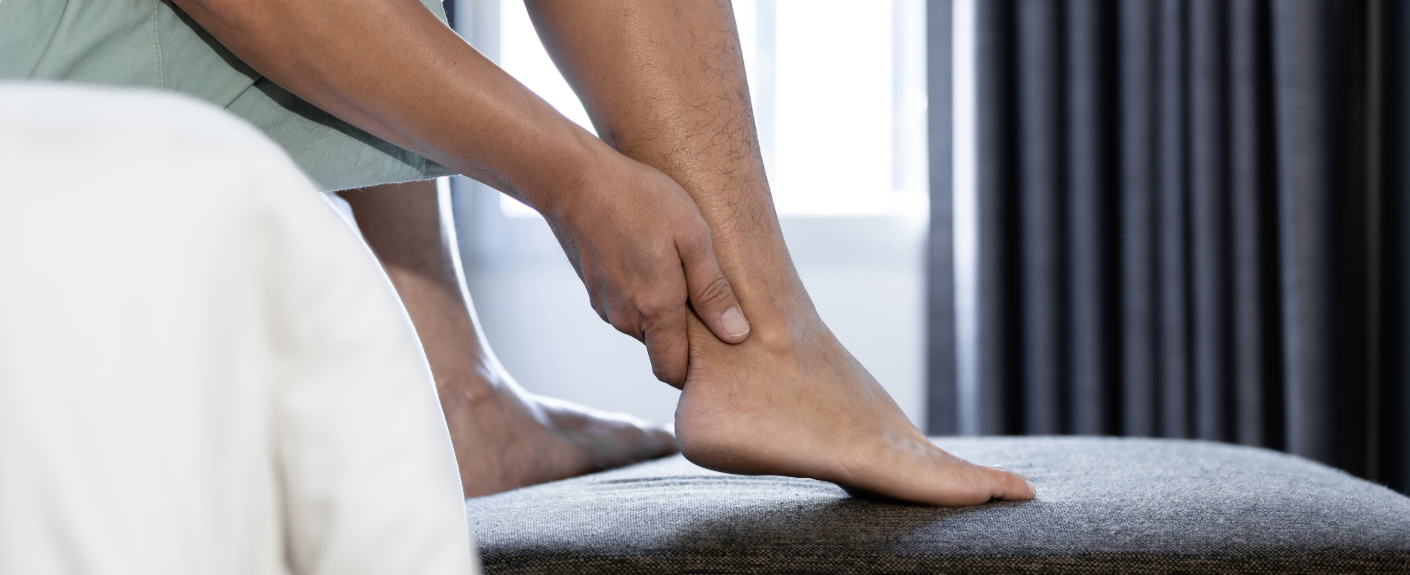
Shockwave is a fantastic treatment for Achilles injuries and Achilles heel pain. Here's how it works and how our podiatrists use it.
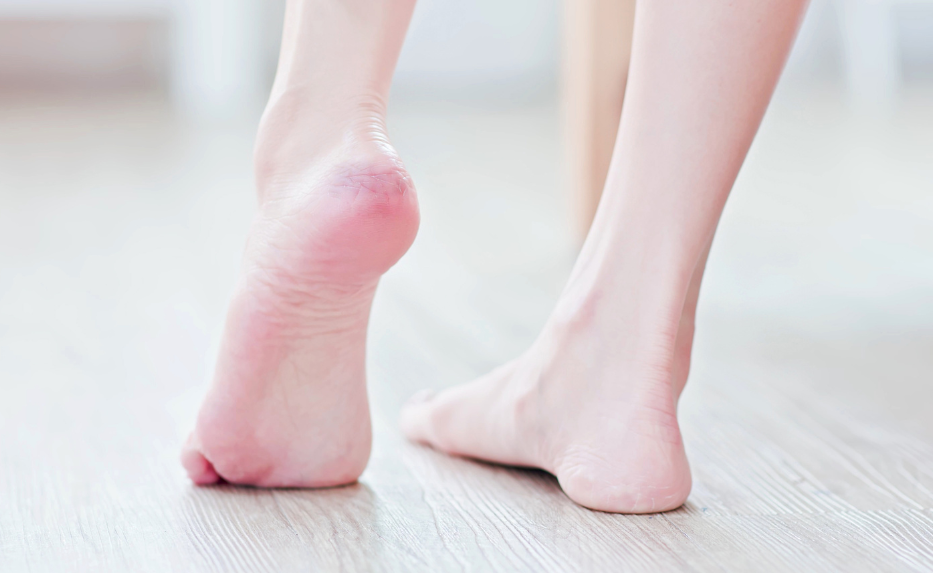
How does shockwave work to relieve foot pain? Here's how it helps you, and how our podiatrists use it at our Remuera clinic.

How do you go through the holidays and family visits while keeping up your strength and fitness? Here are five ways.

Help your loved ones stay on their feet for years to come with a podiatry appointment. Here's how it can help.
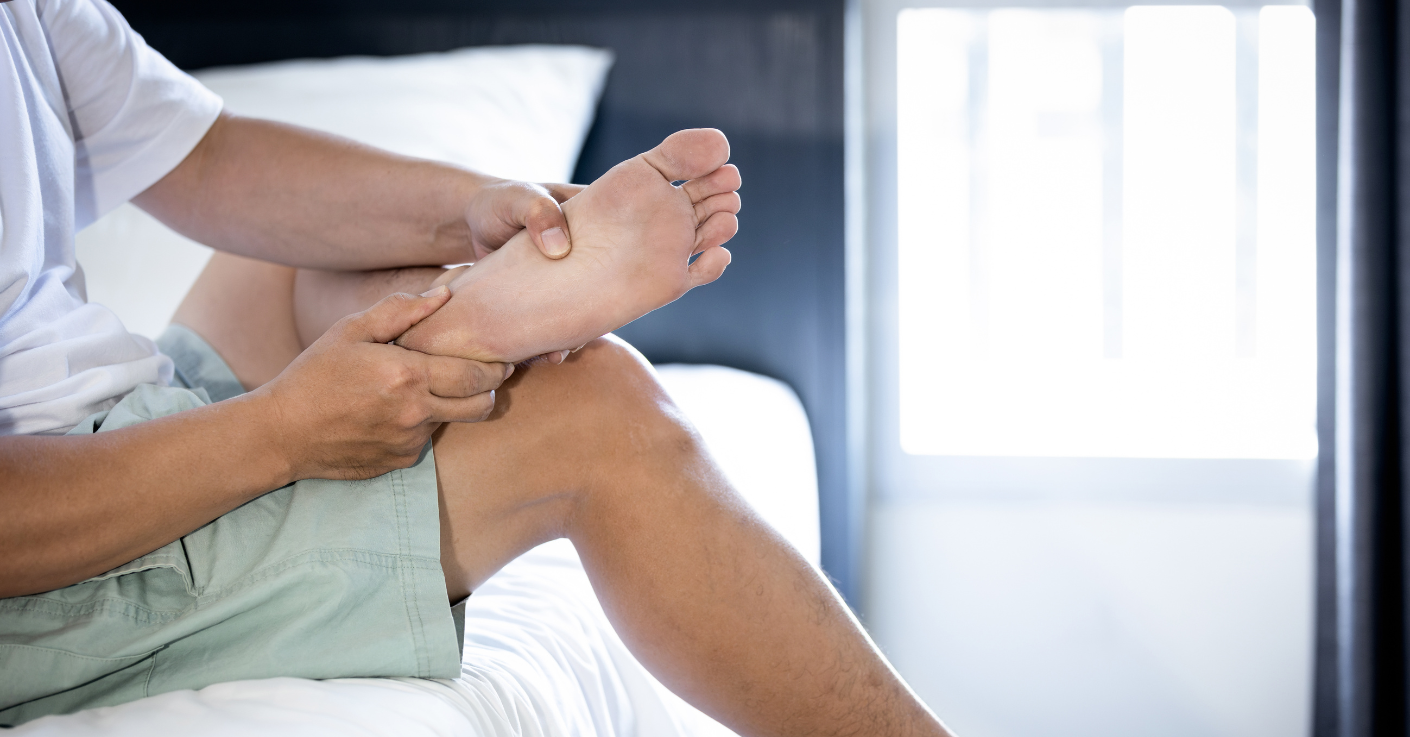
We’ve welcomed the Nu-Tek low-level laser into our podiatry clinic. Here's how you tell if it could be the answer to your foot
pain.
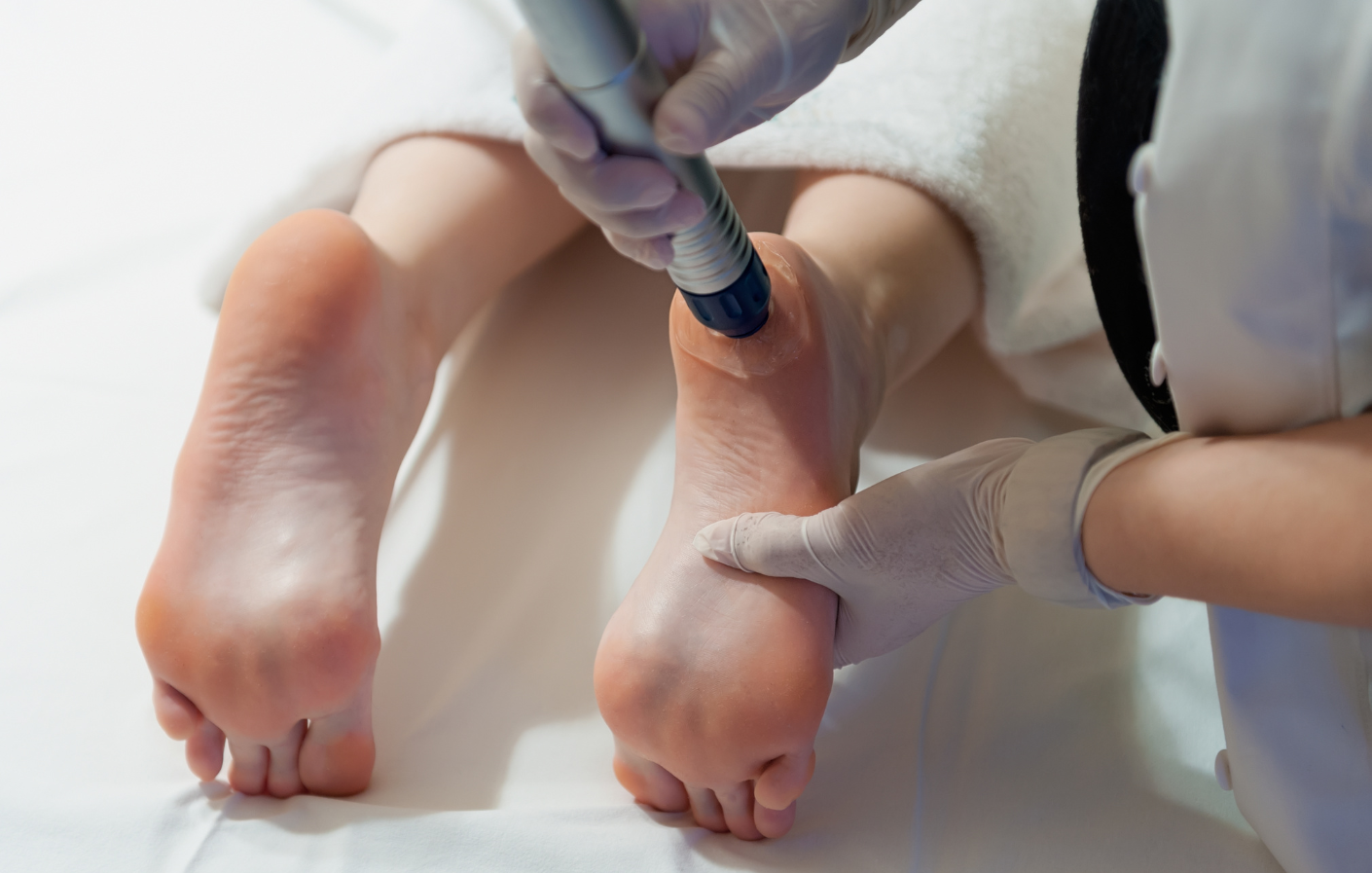
Otherwise known as radial pressure wave therapy, shockwave therapy is a device held by our podiatrists and positioned against your foot or leg at the site of your injury.
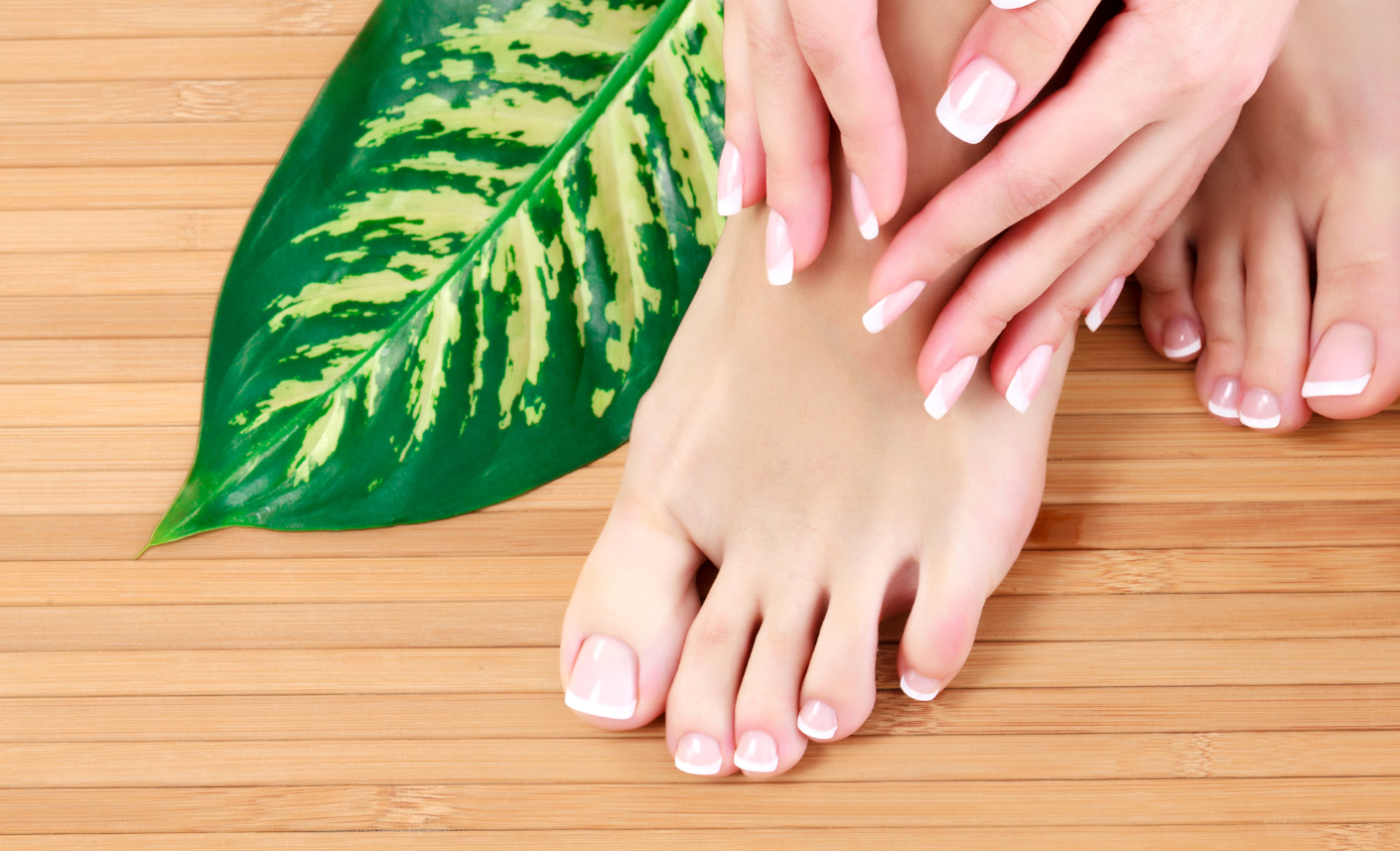
We can transform the appearance of toenails to look healthy and clear in three ways, and as fast as in one appointment. Here's how.

Tingling or numbness in your feet and legs during or after exercise can be an odd sensation. If you’re prone to experiencing it, the most common reasons are related to pressure on nerves or problems with your circulation.

Does wearing high heels really come at a cost to our feet? If you’re wondering what effects - if any - high heels may be having on your feet, here’s the inside scoop from our podiatrists.
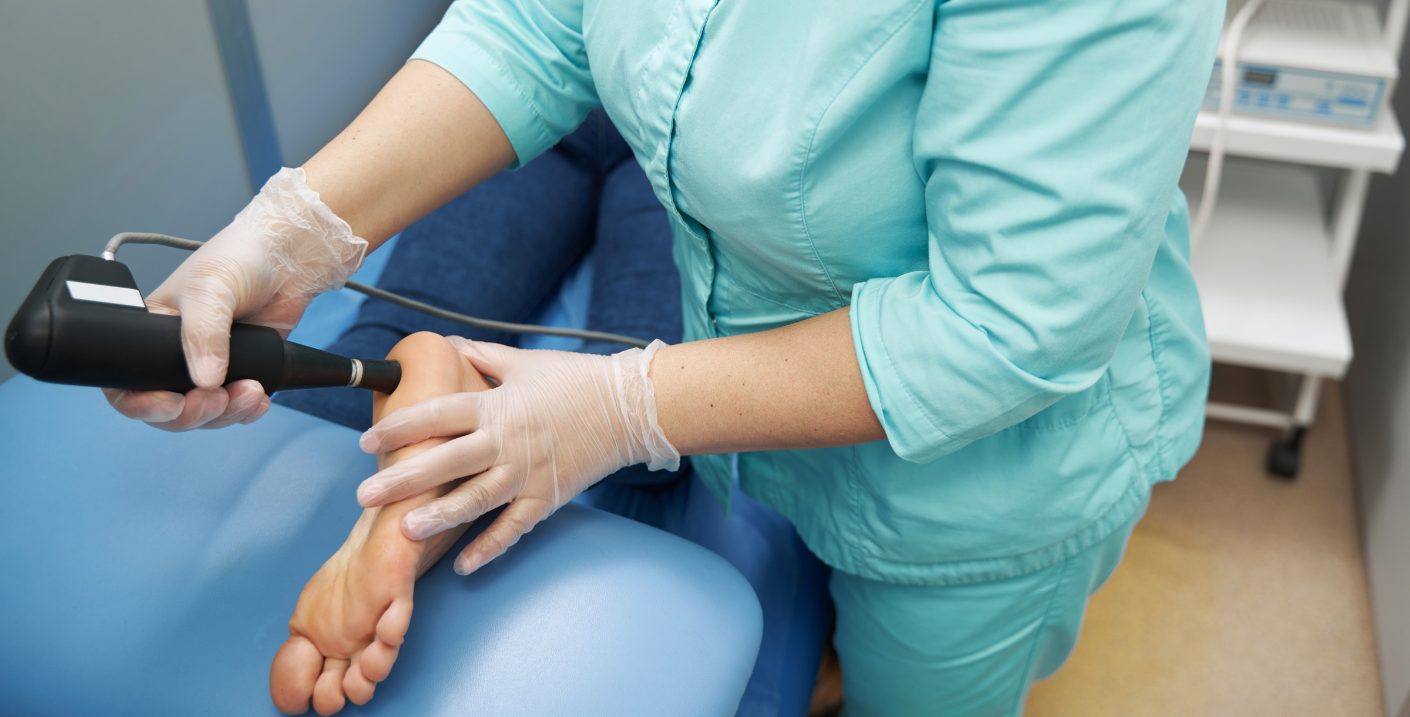
It’s important to not only use an evidence-based treatment plan to help you get the best outcomes for your foot and leg pain, but to help you see the best results in the shortest time. That’s the reason we’ve invested in shockwave.
Keeping your family on their feet and helping them to walk, run, play and exceed their goals is why we love getting up in the morning.
Ground Floor, One Health Building
122 Remuera Rd, Remuera
Auckland 1050, New Zealand
| MON - FRI | 7:30am – 6:30pm |
| SAT | 8:30am – 4:30pm |
| SUN | Some availability |
Make an Appointment
Online Schedule